 Definition of "Kori" (type and tendency)
Definition of "Kori" (type and tendency)
コリの定義(種類と傾向)
Japanese "Kori" translates "Muscle Stiffness" or "Muscle Tension" In English, but it cannot be said that accurately depict "Kori" that I define.
Therefore, in this paper, the notation of "Kori" that literally means.
・Various types of "Kori"
"Kori" is generally thought of as a hard lump.
However, as mentioned below, some "Kori" is elastic like clay and not necessarily stiff and hard.
The shape of "Kori" can be a rod along the muscle, a triangle that fills the gap, or a flat surface that covers and there are different shapes, not just a lump.
・One of the recovery mechanisms is "Kori".
It is believed that "Kori" is a Bad condition that causes pain and discomfort, and that loosen up it will reverse the condition, but this recognition is misunderstanding.
Because "Kori" can cause as a self-defense mechanism that helps the body. For this reason, "Kori" can also cause mammals (dogs, cats, etc.).
"Kori" has a "first aid role". When the muscle strength in the affected area is reduced due to fatigue, etc., and it becomes difficult to work alone, the peripheral muscles are semi-forced to cooperate by connecting them with "Kori".
It makes the peripheral muscles are followed until the affected muscles recover. "Kori" is one of the "recovery mechanisms" that the body has acquired in the process of evolution.
・What causes "Kori" to become chronic?
"Kori" is stayed small area or a few areas, it will naturally reduce as you recover.
However, if there are requests for "emergency support" from all over the body, the recovery process will late, as the recovery cannot keep up, or the painful area is put off.
The autonomic nervous system is particularly affected.
The autonomic nervous system is usually busy with tasks such as temperature regulation, sleep, digestion, etc., and when the priority of recovery is added to these tasks, it becomes overworked and dysfunctional.
From the records of all the patients from 2011, taken into those considerations that age, gender, work, height and weight, body temperature, skeletal balance, autonomic nervous tendency, and visceral condition.
Typical types and tendencies of "Kori" is shown in the table below.
The type and tendency of "Kori" roughly depends on whether it is on the front or back side of the body.
<List of "Kori" types and tendencies>
| join with peripheral muscles | "Kori" that joins with peripheral muscles in order to help muscles that have been weakened by fatigue, etc.. |
| Clay-like | "Kori" caused by waste products, swelling, etc. that stay in the affected area for a period of time. |
| Dry muscles | "Kori" that tends to cause in muscles that are under hydrated. |
| Injury-related | "Kori" that assists muscles and joints that are no longer functioning due to injury. |
| Internal organ-related | "Kori" caused by out of Internal organ condition. |
(1) "Kori" for the purpose of first aid
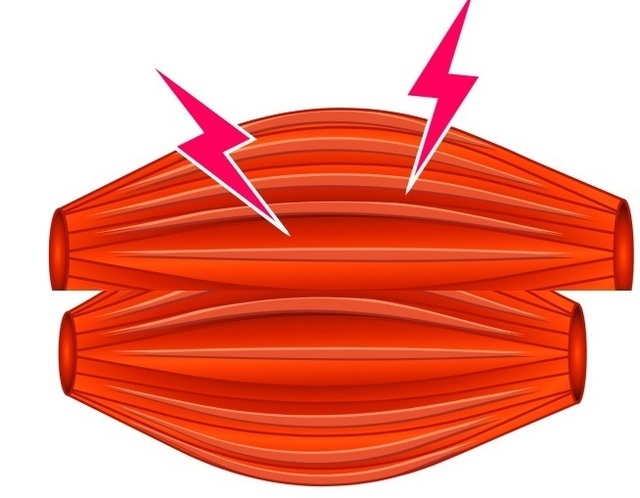
"Kori" can be work an First aid to ensure a certain level of muscle strength by joining exhausted muscles with non-exhausted muscles.
In addition, each part of the body has its own "Kori" 's characteristics of joining, for example, the erector spinae next to the spinal are joined like a line, while the lumbar region is joined like a plane.
However, muscles that are joined by "Kori" have limited movement, so they will not perform as well as they would on their own.
・Tendency of "Kori"
Muscles, which are used for work, exercise, sports, and posture maintenance, maintain their condition by repeating the cycle of fatigue and recovery.
However, if the cycle of fatigue and recovery is disordered due to a busy lifestyle, a disparity in performance will cause between the exhausted muscles and non-exhausted muscles, and this imbalance will lead to a decline in physical performance.
This imbalance can lead to a decline in physical performance. Essentially, animals work to mitigate the decline in physical performance because it would be fatal if they could not move quickly in a crisis.
"Kori" can work which is the joining of exhausted muscles and non-exhausted muscles as an First aid to reduce imbalance.
It is not enough to just release "Kori", because it is necessary to take other measures to prevent the exhausted muscles from getting exhausted again. This additional treatment is skeletal balance adjustment as represented by sacral correction.
(2) Clay-like "Kori"
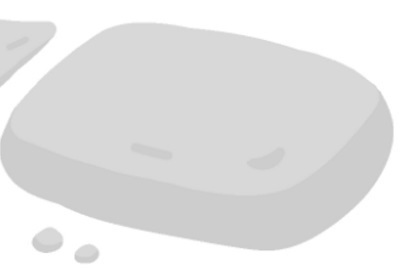
It is a "Kori" caused by waste products, swelling, etc. staying in the affected muscles for a certain period of time. Muscles are about 80% fluids, but when excess fluids and waste products are added to them, "Kori" become clay-like.
It is often misunderstood as swelling, but swelling is not as hard as clay because of the high percentage of fluids that accumulates in the spaces between cells.
Clay-like "Kori" tends to cause near the collarbone, armpits, back of the knees, thighs and lymphatic relay points, and near joints. It is sometimes referred to as a "clogged".
・Tendency of "Kori"
The fluids in the muscles must collect any fluids products that are no longer needed, and instead continue to refresh the fluids with fresh nutrients.
If the ratio of waste products or just fluids increases, the ratio of fluids containing nutrients that is needed will relative decrease. Muscles will slightly hypertrophy to increase their fluids holding capacity, but even that has its limits.
In addition, even if you sweat profusely in a sauna, waste products are almost never discharged from the sweat glands, making it questionable as a means of preventing clay-like "Kori" from clogging. Instead, it is better to focus on means of removing the "clogged".
(3) dryly "Kori"
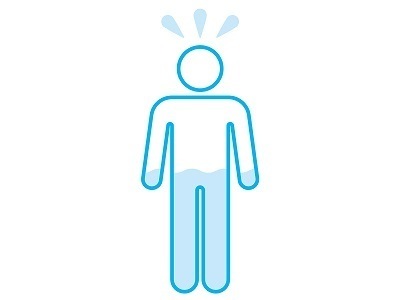
A chronic lack of fluids can be cause dryly "Kori" in the muscles.
Even if the muscles are "Kori", they have a certain elasticity, but if they are dry, they have less elasticity.
This is most likely to cause in the muscles of the back (erector muscles, shoulder blades, lower back, and hip line).
・Tendency of "Kori"
The most stable fluids that the body needs and absorbs is "clear, colorless water".
Therefore, if you are drink mainly mixed drinks such as strong tea, coffee, juice, etc. hydration by preferring, you may experience deficiency fluids in your muscles (if not to the point of dehydration).
Because of 80% of muscle is water, the basic methods of loosen up is to use water in it.Liquid pressure such as acupressure is used to move water in muscle and loosen up "Kori". Therefore, a lack of water will significantly reduce the efficiency of loosen up.
(4) "Kori" due to injury
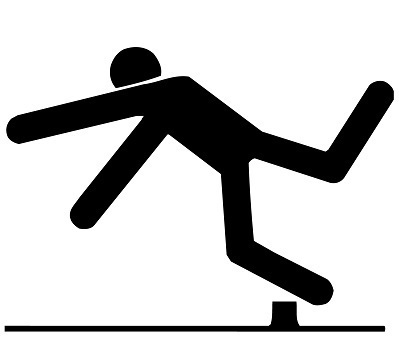
One of the most troublesome categories of "Kori" is caused by the after-effects of an injury.
In order to follow up on muscles and tendons that have considerably lost or are no longer functioning, "Kori" is created at an unusual angle, depth, and shape.
It can also vary depending on the degree of skin/muscle adhesion and fracture.
・Tendency of "Kori"
The more severe the injury and the longer it takes to heal, the more months it takes to heal, the more it leaves various effects on the body. And injuries don't always heal completely.
Therefore, injuries should be avoided, and once in a experience can become a lifelong problem.
For example, a muscle injury that causes an imbalance in movement can cause ”Kori” whole body. but since there is no fundamentally improvement, the goal is to loosen up it.
(5) "Kori" from internal organs
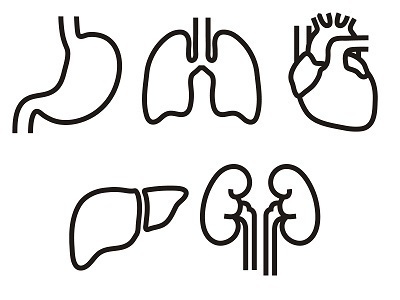
"Kori" may cause in the muscles in react to internal organs.
A typical example is "Kori" in the lateral lumbar spine, which tends to occur in people with weak intestines.
However, although the relationship between internal organs and "Kori" has been recognized for some time. it has not been accurately proven and should only be used as a reference.
・Tendency of "Kori"
It is not uncommon for "Kori" to cause due to internal organ feeling no-good. and there is a tendency for "Kori" to cause: "Kori" in the back due to stomach, "Kori" in the abdomen due to kidney, "Kori" in the lower back due to intestinal, and "Kori" in the lower back due to uterine and ovarian.
However, the evidence for determining internal organ condition from "Kori" is still weak and should be left as a guess.
Originally "Kori" is a natural change built into the body's recovery mechanism.
However, it can become more serious when the "Kori" expands or causes in multiple places, or when the autonomic nervous system is disturbed.
There is no single type of "Kori", but rather different types of "Kori" depending on the current condition of the body and the tendency of the body to be burdened from the past.
